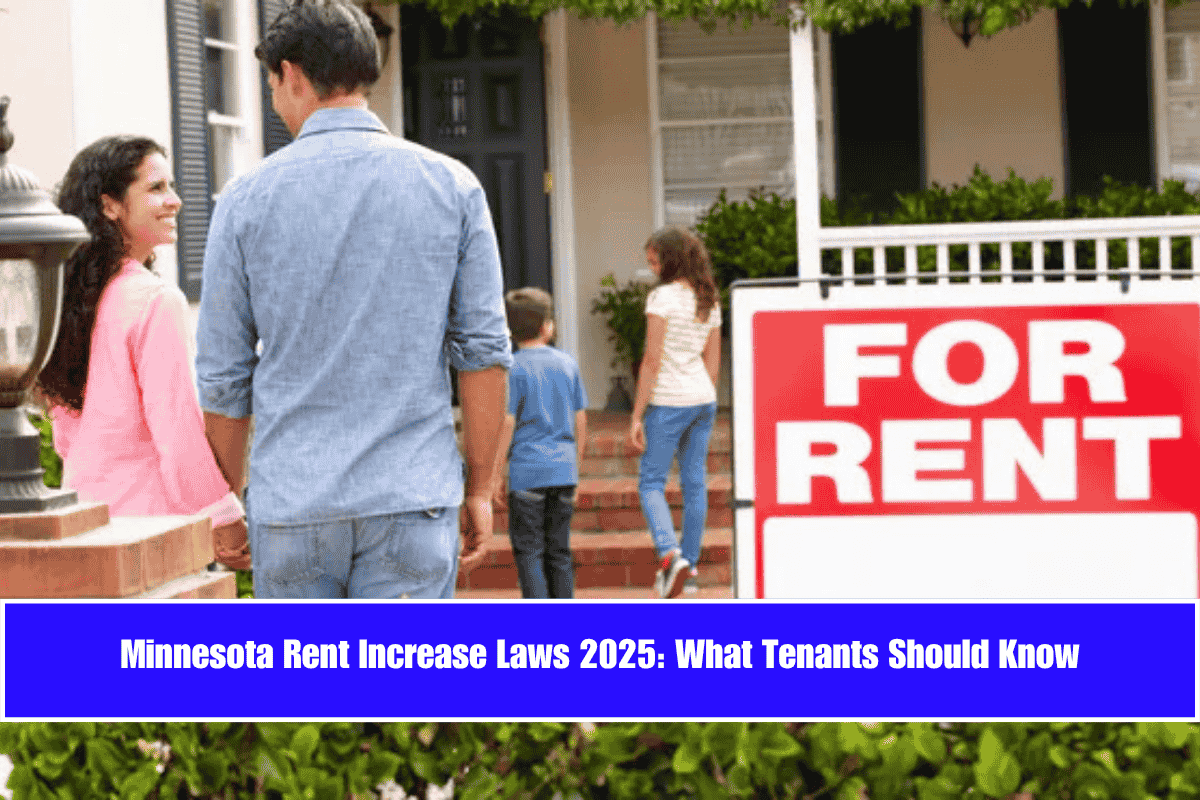Minnesota’s rent increase laws in 2025 are shaped by a combination of statewide rules, local ordinances in certain cities, and special provisions for affordable housing and manufactured home parks. Here’s what tenants should know:
Statewide Rent Increase Laws
- No Statewide Rent Control: Minnesota does not have a statewide cap on how much landlords can raise rent. Landlords may set rent at market rates and increase it by any amount, unless local city ordinances say otherwise.
- Notice Requirements:
- For rent increases under 10%, landlords must give at least 30 days’ written notice.
- For rent increases of 10% or more, landlords must give at least 60 days’ written notice.
- For month-to-month leases, a 30-day written notice is standard for any rent increase.
- For manufactured home park residents, at least 60 days’ notice is required.
- Lease Terms: Rent cannot be raised during a fixed-term lease unless the lease specifically allows it.
Local Rent Control: Key City Ordinances
| City | Rent Increase Limit | Notes |
|---|---|---|
| Minneapolis | No cap (as of May 2025) | Voters authorized the city to consider rent control, but no ordinance is in effect yet. |
| Saint Paul | 3% per year | Rent increases on residential properties are capped at 3% annually. Landlords can apply for exceptions if they can prove a need for a “reasonable return on investment.” Tenants must be notified if an exception is requested, and both parties can appeal decisions. |
Affordable Housing and Tax Credit Properties
- For properties funded by Minnesota Housing’s Qualified Allocation Plan (QAP), annual rent increases are generally limited to 5% for occupied affordable units without rental assistance. Increases above 5% require written approval and justification based on increased operating expenses.
Tenant Protections (2025 Updates)
- Retaliation Prohibited: Landlords cannot increase rent or take adverse action against tenants who report code violations or request repairs.
- Tenant Associations: Tenants have the right to organize and form associations to improve living conditions.
- No Discrimination: Rent increases cannot be used to discriminate based on race, religion, gender, age, disability, or other protected characteristics.
Table: Rent Increase Rules
| Area/Type | Limit on Increase | Notice Required | Special Notes |
|---|---|---|---|
| Most of Minnesota (no local control) | No limit | 30 days (<10%) 60 days (≥10%) | No increase during fixed lease |
| Minneapolis | No limit (2025) | Same as state | Rent control under discussion |
| Saint Paul | 3% per year | Per ordinance | Exceptions possible with approval |
| Manufactured Home Parks | No limit | 60 days | Special notice rules apply |
| Affordable/Tax Credit Housing | 5% per year | Per program rules | Approval needed for >5% increase |
What Should Tenants Do?
- Check your lease for terms about rent increases.
- Stay informed about local city ordinances, especially if you live in Minneapolis or Saint Paul.
- Watch for written notice-landlords must follow the required notice periods.
- Know your rights-retaliatory or discriminatory rent increases are illegal.
Minnesota’s rent rules in 2025 offer tenants some procedural protections but, outside of Saint Paul and certain subsidized housing, do not restrict the amount of a rent increase. Always check your local laws for the most current updates.
Sources
[1] https://www.doorloop.com/laws/minnesota-rent-control-laws
[2] https://www.hemlane.com/resources/minnesota-rent-control-laws/
[3] https://www.revisor.mn.gov/bills/text.php?number=SF1205&version=0
[4] https://www.steadily.com/blog/how-much-can-a-landlord-raise-rent-in-minnesota
[5] https://mylolowcountry.com/usa-laws/minnesota-rent-increase-laws-2025-what-tenants-should-know/
















Leave a Reply